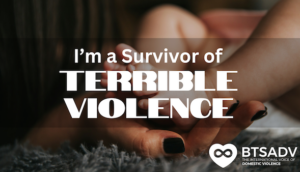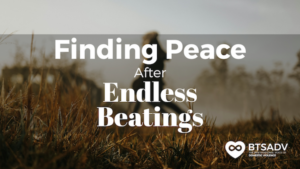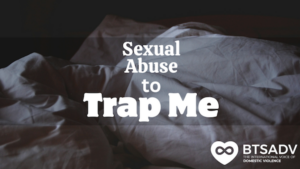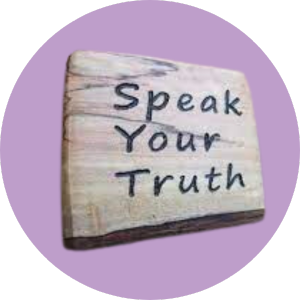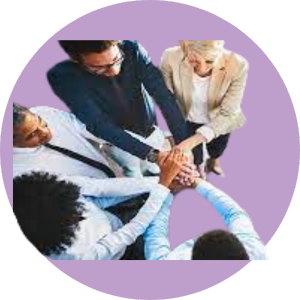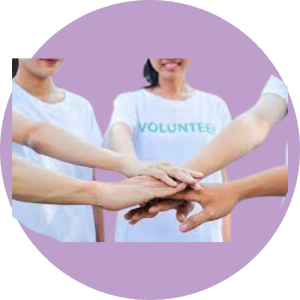Could someone millions of people view as a role model be an abuser? Is it possible that the very person who is supposed to be the hero in a victim’s story is the villain in their own relationship? Domestic violence shows up in every unexpected place. From the smiling faces, you idolize on television to the people dressed in uniform who swore to serve and protect-–no one is exempt from DV, regardless of their image or status.
Fitting the Stereotype
In DV cases where the perpetrator doesn’t fit the “typical” abuser stereotype, it is no surprise that they may get more sympathy in the system. After all, “they were a good guy who attended church every Sunday and always donated to school fundraisers.” The sense of expectations not matching reality becomes even more problematic when the abuser also has a significant amount of power via profession, reputation, or money.
Domestic Violence in the Professional World
According to Forbes, 16% of young boys dream of being a professional athlete when they grow up. In their eyes, the athletes they see on the big screen can do no wrong. However, what they don’t recognize is that domestic abuse is no stranger in the world of professional athletes.
In the NFL
In 2014, NFL star Ray Rice was caught knocking his girlfriend unconscious and dragging her out of an elevator. He was suspended for a measly two games. However, after the release of elevator footage depicting the incident of abuse, public backlash pushed the league to suspend Rice indefinitely and change their domestic abuse policies [1].
A Heavyweight Champion
Famous boxer Mike Tyson describes an act of abuse towards his ex-wife stating, “She really offended me and I went BAM. She flew backwards, hitting every wall in the apartment, That was the best punch I’ve ever thrown in my entire life [2].”
Soccer Star
Olympic soccer player, Hope Solo, was arrested for domestic violence after drunkenly beating her sister and nephew. The case was later dismissed [3]. The list could go on and on. Professional athletes are given a platform that allows them to influence younger generations who idolize them. Unfortunately, many are instead using this power to influence the system in their favor, leading to lighter punishments, lack of accountability, and an “out of sight, out of mind” mentality.
Abuse in Professions Meant to Protect
Perhaps even more surprising than DV associated with professional athletes is the prevalence of DV in professions that are meant to protect, such as law enforcement. According to studies, at least 40 percent of law enforcement families experience domestic violence-–talk about expectations not matching up with reality [4] The very people victims of DV expect to call upon to come to their rescue have a good chance of being perpetrators themselves. Less surprising is that abusive members of law enforcement use their power and status to manipulate the victim and the system. In one case, a Florida officer was cleared in the murder of his wife in less than 24 hours, after evidence was ignored and zero interviews were conducted [4].
In Our Military
Much like law enforcement, DV in military families can be both shocking and shielded by status. Kate Ranta, a survivor, reported the abuse to her husband’s commanding officer. It was “handled administratively,” according to them. No further action was taken, allowing her husband to show up at her house and shoot both her and her father in front of their 4-year-old son. Thankfully, they all survived and the husband was convicted of attempted murder in civilian court [5]. The DV case should have been properly handled when Ranta first came forward, instead it was hushed and swept under the rug. They gave her abuser “the benefit of the doubt”. Unfortunately, Ranta is not alone. In 2002, over 18,000 incidents of spousal abuse were reported in the military [6]. Even for their own, an agency that victims should be able to trust as one to serve and protect, falls short.
Double-Edged Sword
Professional athletes, law enforcement officers, and members of the military share a reputation as heroes. With the title comes power. And with that power, comes the ability to abuse it. When “heroes” become the perpetrators of abuse, there is a double-edged sword of action without consequence that makes situations like these especially dangerous for victims of DV. There are no stereotypical victims of abuse, and when anyone can fall prey, it makes predators in power even more lethal.
Photo Credit: Anastasiia Arakelian, via Unsplash
Resources
- Axon, R. (2019, Sep 20). Ray Rice case prompted NFL changes on domestic violence, but cases continue to test policy. USA Today. https://www.usatoday.com/story/news/investigations/2019/09/18/nfl-domestic-violence-ray-rice-tyreek-hill-ezekiel-elliott-adrian-peterson/2215187001/
- Desert News. (1989, Jun 24). Tyson says he bounced his ex-wife off walls with his best-ever punch. Desert News. https://www.deseret.com/1989/6/24/18812820/tyson-says-he-bounced-ex-wife-off-walls-with-his-best-ever-punch
- Young, C. (2014, June 25). The surprising truth about women and violence. Time. https://time.com/2921491/hope-solo-women-violence/
- Deane, M. (2016). Black and Blue Bloods : Protecting Police Officer Families from Domestic Violence.
- Taylor, J. (2019, Sep 18). Lawmakers hear emotional stories from ‘forgotten crisis’ of military domestic violence. NPR. https://www.npr.org/2019/09/18/762100271/lawmakers-hear-emotional-stories-from-forgotten-crisis-of-military-domestic-viol
- National Coalition Against Domestic Violence. (n.d.). Domestic violence in the military. http://www.ncdsv.org/images/DOMESTICVIOLENCEINMILITARY.pdf
